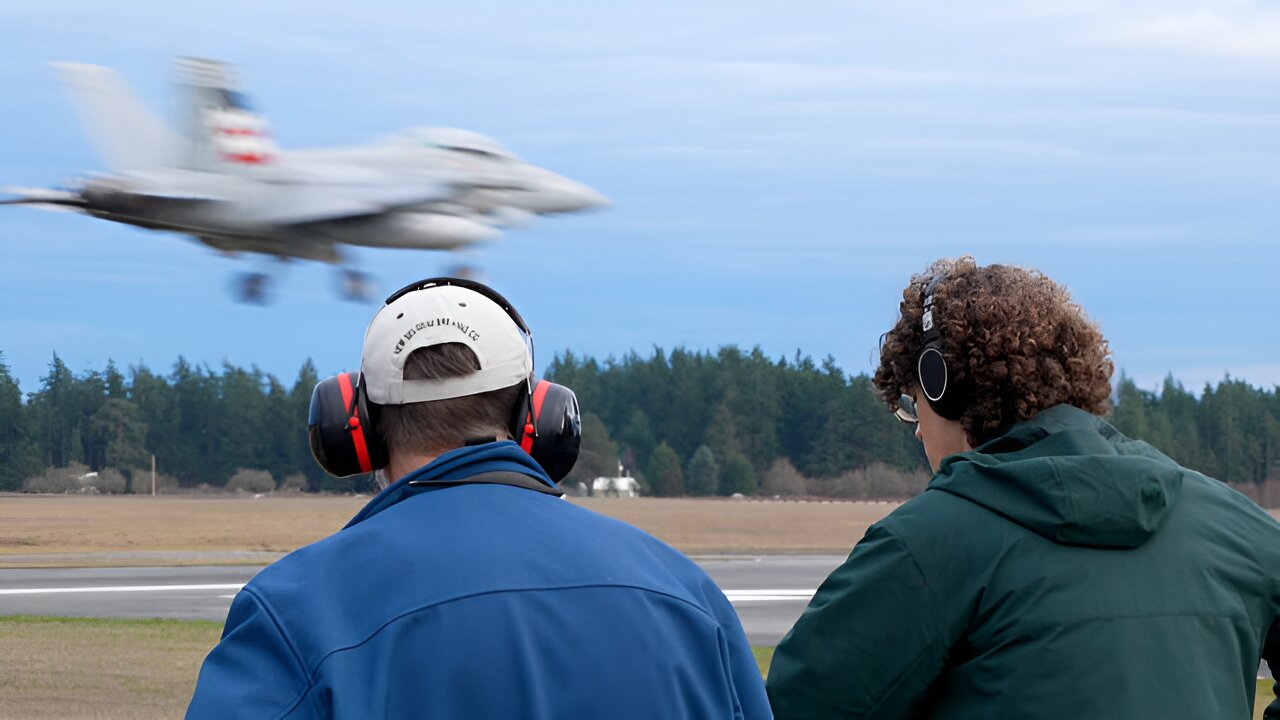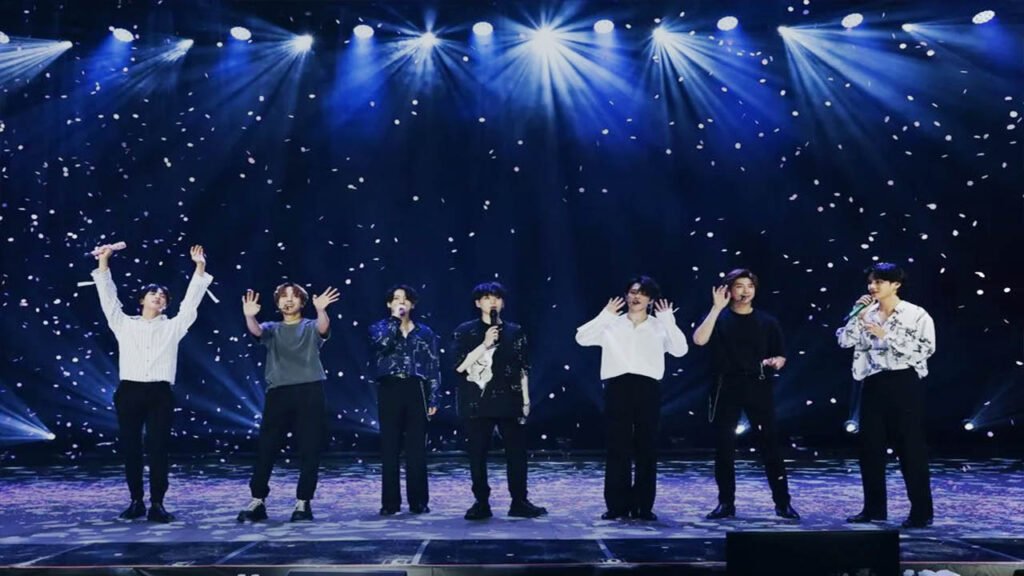Rock concerts are renowned for their electrifying atmosphere and loud music, but have you ever wondered how many decibels (dB) is considered too loud in such events? The decibel levels at a rock concert often exceed safe limits, posing potential risks to attendees. Understanding the threshold of sound intensity is crucial for both concertgoers and organizers to prevent hearing damage and maintain a safe environment.
In this blog, we will delve into the world of decibel levels at rock concerts, exploring the science behind dB measurements, typical sound levels at these events, and the potential impact on our hearing health. By the end of this article, you will have a clearer insight into how many dB is too loud at a rock concert and the importance of sound regulation in live music settings.
Introduction to Decibel Levels at Rock Concerts
Rock concerts are known for their electrifying atmosphere and booming music. However, with the excitement comes a high volume level that can have serious consequences on your hearing health. The decibel levels at rock concerts can often reach ear-damaging levels, raising concerns about the safe threshold for exposure.
Understanding Decibel Levels
Decibels measure sound intensity on a logarithmic scale. For perspective, a normal conversation typically registers at about 60 dB, while a rock concert can easily exceed 100 dB. The human ear can only tolerate a certain level of dB before potential damage occurs.
Health Impacts of High Decibel Levels
Exposure to high decibel levels at rock concerts can lead to temporary or permanent hearing loss. Prolonged exposure above 85 dB can cause irreversible damage to the delicate structures in the inner ear. Additionally, loud noise can induce tinnitus, a persistent ringing in the ears.

Understanding dB and its Impact on Hearing
Decibels (dB) are units used to measure the intensity of sound. In the context of a rock concert, the volume can reach extremely high dB levels, potentially causing hearing damage. Rock concerts often exceed safe noise levels, leading to temporary or even permanent hearing loss. The average rock concert can range from 110 dB to 120 dB, but it’s crucial to note that exposure to anything above 85 dB for an extended period can be harmful.
The Science Behind dB Levels
Sound intensity is measured logarithmically in dB. For every 10 dB increase, the sound intensity doubles. Therefore, a rock concert at 120 dB is significantly louder than one at 110 dB. This exponential increase emphasizes the importance of protecting your hearing.
Protecting Your Hearing
During a rock concert, consider wearing earplugs to reduce the impact of high dB levels on your ears. Additionally, taking breaks from loud environments can help prevent hearing damage. Remember, hearing loss is irreversible, so it’s essential to prioritize ear protection.
Typical dB Levels at Rock Concerts
Rock concerts are known for their high energy and loud music, but have you ever wondered how many decibels (dB) are too loud? Typically, at a rock concert, the average dB level can range from 100 dB to 130 dB. These levels can cause temporary or permanent hearing damage if exposed to for extended periods.
The Impact of dB Levels on Hearing
Exposure to 85 dB or higher for an extended period can lead to hearing loss. Rock concerts often exceed this threshold, putting concert-goers at risk. It’s important to wear ear protection to prevent irreversible damage.
Protecting Your Hearing at Rock Concerts
When attending a rock concert, consider wearing earplugs to reduce the intensity of sound reaching your ears. Additionally, limiting your exposure time to loud music can help protect your hearing in the long run.
Health Risks Associated with High dB Levels
Exposure to high decibel (dB) levels, such as those experienced at a rock concert, can pose serious health risks. Prolonged exposure above 85 dB can lead to noise-induced hearing loss, where the sensitive hair cells in the inner ear are damaged. This damage is irreversible and can significantly impact one’s quality of life.
Effects of Noise-induced Hearing Loss
Noise-induced hearing loss can manifest as tinnitus (ringing in the ears) or hyperacusis (increased sensitivity to sound). Individuals may also experience difficulties in hearing speech clearly or distinguishing sounds in noisy environments.
Preventive Measures
To protect your hearing at a rock concert, it is advisable to wear earplugs specifically designed for noise reduction. Additionally, limit the duration of exposure to high dB levels and maintain a safe distance from the speakers to reduce the risk of hearing damage.
Methods to Protect Your Hearing at Rock Concerts
Attending rock concerts can expose you to high decibel levels, risking your hearing health. Here are some effective methods to protect your ears:
1. Wear Earplugs
Invest in high-fidelity earplugs specifically designed for live music events. These can reduce dB levels without compromising sound quality.
2. Maintain a Safe Distance
Position yourself away from the speakers to lessen the impact of loud music on your ears. Consider wearing ear protection if you’re close to the stage.
Regulations and Guidelines for Noise Levels at Concert Venues
When it comes to rock concerts, understanding the decibel levels and adhering to regulations is crucial for both performers and attendees. In most concert venues, there are strict guidelines in place to ensure that noise levels do not exceed safe limits.
Noise Level Limits
Concert venues typically have specific noise level limits that must not be exceeded during performances. These limits are set to protect the hearing of concertgoers and prevent potential noise-related health issues.
It’s essential to monitor the decibel levels throughout the concert to ensure compliance with these regulations to avoid any fines or penalties.
Soundproofing and Acoustics
Many concert venues invest in soundproofing and acoustic treatments to control noise levels effectively. This helps in containing the sound within the venue while providing an optimal listening experience for the audience.
- High-quality soundproofing materials
- Strategic placement of speakers
- Proper acoustic design
Comparing dB Levels of Rock Concerts to Everyday Sounds
When it comes to understanding the decibel levels at a rock concert, it’s essential to compare them to everyday sounds to grasp the intensity of the noise. Rock concerts can reach exceptionally high dB levels, often exceeding safe limits for prolonged exposure.
Rock Concert dB Levels
Rock concerts typically range between 100 dB to 120 dB or even higher, depending on the venue and equipment. This level of noise can lead to hearing damage if experienced for extended periods without hearing protection.
Everyday Sounds dB Comparison
Comparatively, everyday sounds like a normal conversation clock in at around 60 dB, a lawnmower at 90 dB, and a car horn at 110 dB. It’s crucial to note the substantial difference in loudness between these daily noises and the intense levels produced at rock concerts.
Frequently Asked Questions
- What are decibels (dB) and how are they measured?
- Decibels (dB) are units used to measure the intensity of sound. The decibel scale is logarithmic, which means that a small change in dB represents a large change in sound intensity. Sound is measured in dB using a sound level meter.
- What is considered a safe decibel level for hearing?
- For prolonged exposure, a decibel level of 85 dB or lower is considered safe for hearing. Sounds above 85 dB can cause hearing damage over time.
- How loud is a typical rock concert in terms of decibels?
- A rock concert can reach sound levels of 110 dB to 120 dB, which is quite loud and can cause hearing damage if exposure is prolonged.
- At what decibel level is sound considered too loud?
- Sounds above 85 dB can start causing hearing damage, but levels exceeding 120 dB can be especially harmful and painful to the ears. It is important to limit exposure to very loud sounds.
- How can one protect their hearing at a rock concert?
- To protect your hearing at a rock concert, consider wearing earplugs specifically designed for concerts or music events. These earplugs can reduce the volume of the music while still allowing you to enjoy the concert.
Final Verdict on Decibel Levels at a Rock Concert
After exploring the decibel levels at a rock concert and understanding how many dB is considered too loud, it’s evident that these events can reach harmful levels for our hearing. With levels often exceeding 100 dB, it’s crucial for concert-goers to prioritize ear protection to safeguard their hearing health.
By being aware of the potential risks and taking proactive measures, such as using earplugs or staying further from the speakers, music enthusiasts can continue enjoying live performances without compromising their well-being. Remember, prevention is key when it comes to protecting your ears from the damaging effects of high decibel levels at rock concerts.
So, whether you’re a die-hard fan or a casual attendee, make sure to prioritize your hearing and make informed decisions when attending rock concerts. Stay safe, protect your ears, and keep on rocking responsibly!




